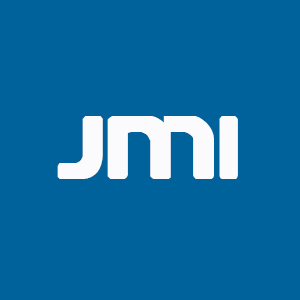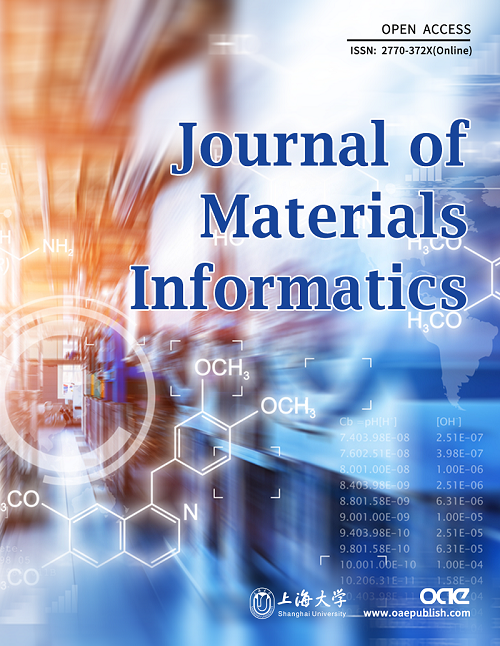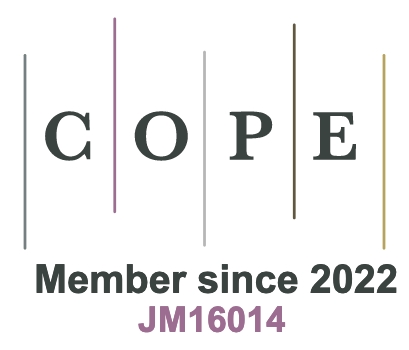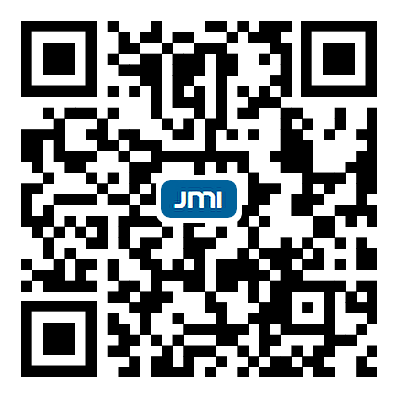REFERENCES
1. Magee CL. Towards Quantification of the Role of Materials Innovation in Overall Technological Development. Complexity 2012;18:10-25.
2. Lejaeghere K, et al. Reproducibility in density functional theory calculations of solids. Science 2016;351:aad3000.
3. Himanen L, Geurts A, Foster AS, Rinke P. Data-driven materials science: status, challenges, and perspectives. Adv Sci 2019;6:1900808.
4. Alberi K, Nardelli MB, Zakutayev A, Mitas L, Curtarolo S, et al. The 2019 materials by design roadmap. J Phys D 2019;52:013001.
5. Butler KT, Davies DW, Cartwright H, Isayev O, Walsh A. Machine learning for molecular and materials science. Nature 2018;559:547-55.
6. Schmidt J, Marques MRG, Botti S, Marques MAL. Recent advances and applications of machine learning in solid-state materials science. npj Comput Mater 2019;5:83.
7. Choudhary K, DeCost B, Chen C, Jain A, Tavazza F, et al. Recent advances and applications of deep learning methods in materials science. npj Comput Mater 2022;8:59.
8. Jain A, Ong SP, Hautier G, Chen W, Richards WD, et al. The Materials Project: A Materials Genome Approach to Accelerating Materials Innovation. APL Mater 2013;1:011002.
9. Perdew JP, Burke K, Ernzerhof M. Generalized Gradient Approximation Made Simple. Phys Rev Lett 1996;77:3865-68.
10. Zhuo Y, Mansouri Tehrani A, Brgoch J. Predicting the Band Gaps of Inorganic Solids by Machine Learning. J Phys Chem Lett 2018;9:1668-73.
11. Morales-García Á, Valero R, Illas F. An Empirical, yet Practical Way To Predict the Band Gap in Solids by Using Density Functional Band Structure Calculations. J Phys Chem C 2017;121:18862-66.
12. van Setten MJ, Giantomassi M, Gonze X, Rignanese GM, Hautier G. Automation Methodologies and Large-Scale Validation for G W : Towards High-Throughput G W Calculations. Phys Rev B 2017;96:155207.
13. Heyd J, Scuseria GE, Ernzerhof M. Hybrid Functionals Based on a Screened Coulomb Potential. J Chem Phys 2003;118:8207-15.
14. Kauwe SK, Welker T, Sparks TD. Extracting Knowledge from DFT: Experimental Band Gap Predictions Through Ensemble Learning. Integr Mater Manuf Innov 2020;9:213-20.
15. Chen C, Zuo Y, Ye W, Li X, Ong SP. Learning Properties of Ordered and Disordered Materials from Multi-Fidelity Data. Nat Comput Sci 2021;1:46-53.
16. De Breuck PP, Hautier G, Rignanese GM. Materials property prediction for limited datasets enabled by feature selection and joint learning with MODNet. npj Comput Mater 2021;7:83.
17. Chen C, Ong SP. AtomSets as a Hierarchical Transfer Learning Framework for Small and Large Materials Datasets. npj Comput Mater 2022;7:173.
18. Chen C, Ye W, Zuo Y, Zheng C, Ong SP. Graph Networks as a Universal Machine Learning Framework for Molecules and Crystals. Chem Mater 2019;31:3564-72.
19. Cubuk ED, Sendek AD, Reed EJ. Screening Billions of Candidates for Solid Lithium-Ion Conductors: A Transfer Learning Approach for Small Data. J Chem Phys 2019;150:214701.
20. Goetz A, Durmaz AR, Müller M, Thomas A, Britz D, et al. Addressing Materials' Microstructure Diversity Using Transfer Learning. npj Comput Mater 2022;8:27.
21. Gupta V, Choudhary K, Tavazza F, Campbell C, Liao Wk, et al. Cross-Property Deep Transfer Learning Framework for Enhanced Predictive Analytics on Small Materials Data. Nat Commun 2021;12:6595.
22. Ju S, Yoshida R, Liu C, Wu S, Hongo K, et al. Exploring Diamondlike Lattice Thermal Conductivity Crystals via Feature-Based Transfer Learning. Phys Rev Mater 2021;5:053801.
23. Kong S, Guevarra D, Gomes CP, Gregoire JM. Materials Representation and Transfer Learning for Multi-Property Prediction. Appl Phys Rev 2021;8:021409.
25. Dunn A, Wang Q, Ganose A, Dopp D, Jain A. Benchmarking Materials Property Prediction Methods: The Matbench Test Set and Automatminer Reference Algorithm. npj Comput Mater 2020;6:1-10.
26. Fronzi M, Isayev O, Winkler DA, Shapter JG, Ellis AV, et al. Active Learning in Bayesian Neural Networks for Bandgap Predictions of Novel Van Der Waals Heterostructures. Adv Intell Syst 2021;3:2100080.
27. Pilania G, Mannodi-Kanakkithodi A, Uberuaga BP, Ramprasad R, Gubernatis JE, et al. Machine Learning Bandgaps of Double Perovskites. Sci Rep 2016;6:19375.
28. Rajan AC, Mishra A, Satsangi S, Vaish R, Mizuseki H, et al. Machine-Learning-Assisted Accurate Band Gap Predictions of Functionalized MXene. Chem Mater 2018;30:4031-38.
29. Ward L, Agrawal A, Choudhary A, Wolverton C. A General-Purpose Machine Learning Framework for Predicting Properties of Inorganic Materials. npj Comput Mater 2016;2:16028.
30. MODNet v0.1.9;. https://github.com/ppdebreuck/modnet.
31. De Breuck PP, Evans ML, Rignanese GM. Robust Model Benchmarking and Bias-Imbalance in Data-Driven Materials Science: A Case Study on MODNet. J Phys: Condens Matter 2021;33:404002.
32. Choudhary K, DeCost B. Atomistic Line Graph Neural Network for improved materials property predictions. npj Comput Mater 2021;7:185.
33. Wang AYT, Kauwe SK, Murdock RJ, Sparks TD. Compositionally restricted attention-based network for materials property predictions. npj Comput Mater 2021;7:77.
34. Xie T, Grossman JC. Crystal graph convolutional neural networks for an accurate and interpretable prediction of material properties. Phys Rev Lett 2018;120:145301.
35. Ward L, Dunn A, Faghaninia A, Zimmermann NER, Bajaj S, et al. Matminer: An Open Source Toolkit for Materials Data Mining. Comput Mater Sci 2018;152:60-69.
36. Kingsbury R, Gupta AS, Bartel CJ, Munro JM, Dwaraknath S, et al. Performance comparison of r2SCAN and SCAN metaGGA density functionals for solid materials via an automated, high-throughput computational workflow. Phys Rev Mater 2022;6:013801.








